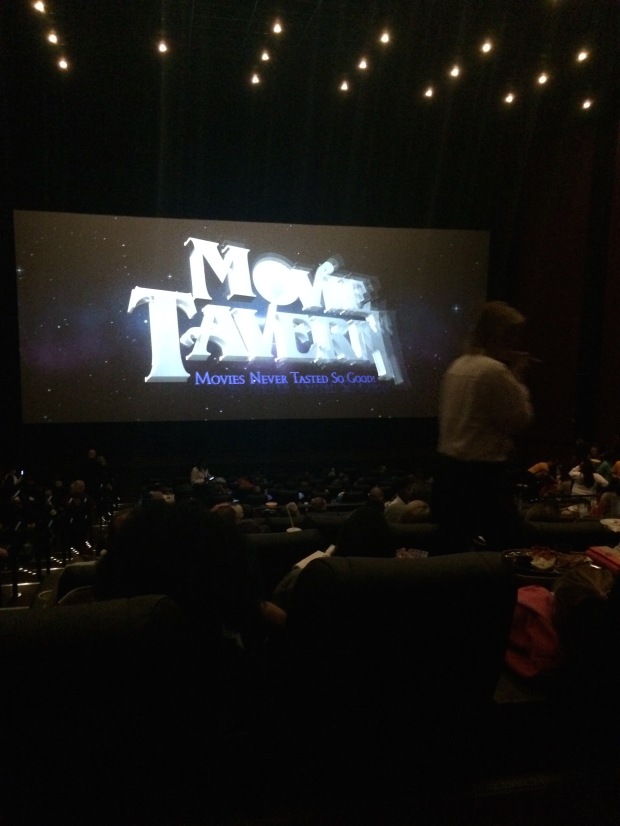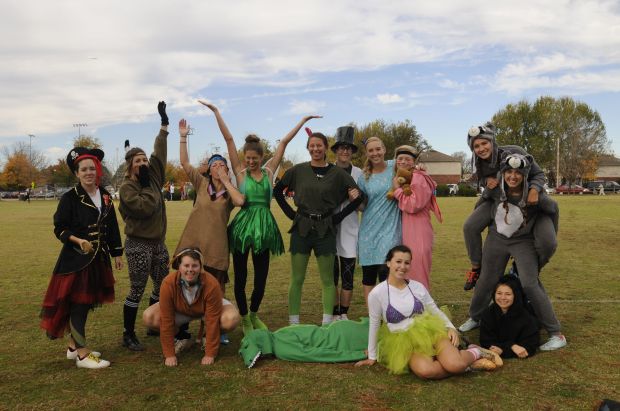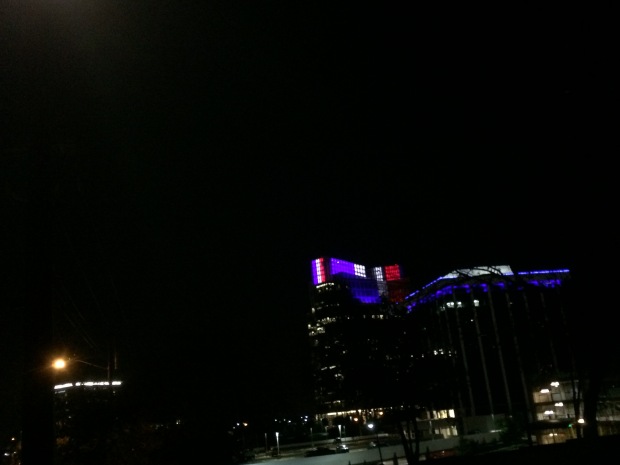
The Pier 1 Imports Building in downtown Fort Worth is notable for its distinctive use of lights at the top. The displays vary with the season and the goings-on in the city. Around Christmas, the tower is aglow with festive colors and patterns. It occasionally turns purple during major TCU games. The displays are generally related to holidays and important events on the community calendar.
I was intrigued, then, to see that the lights at the top of this landmark now depicted the French flag, in solidarity with those affected by the terrorist attacks this past weekend. While in the grand scheme of things, this building does not have the symbolic impact of many other architectural displays, I found this an important move. In some ways, this part of the Fort Worth skyline is representative of the city itself, the community as a whole. When we look at it expecting something festive or simply pleasant, the use of something as symbolic as this flag can affect the thinking of those who see it. We are directed to accept those indicated by the flag as part of our community, joining our identities in solidarity. Thus, this building has transformed our sense of community in an unexpected but powerful way.
-Wellington Owen
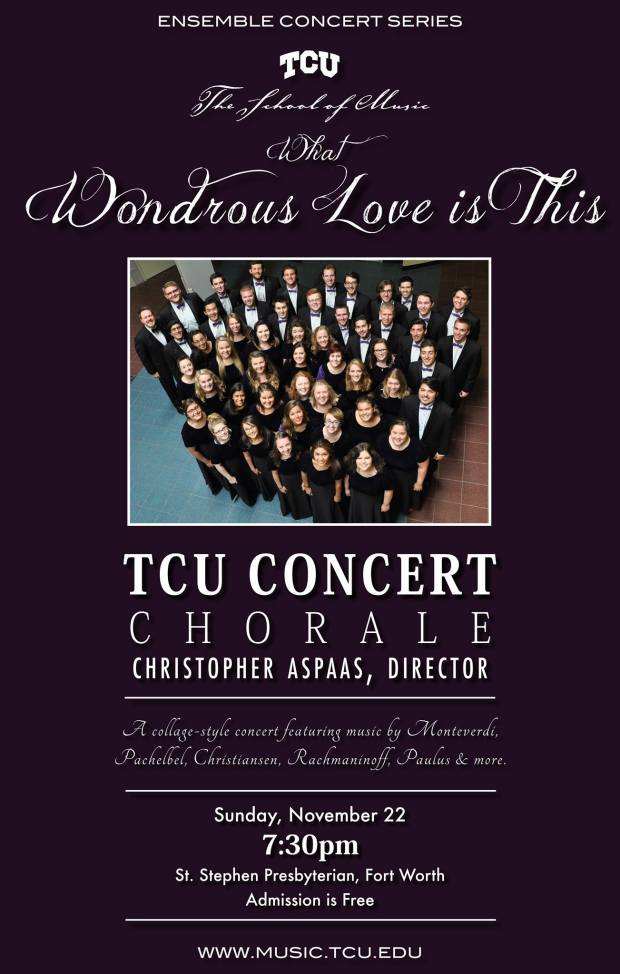
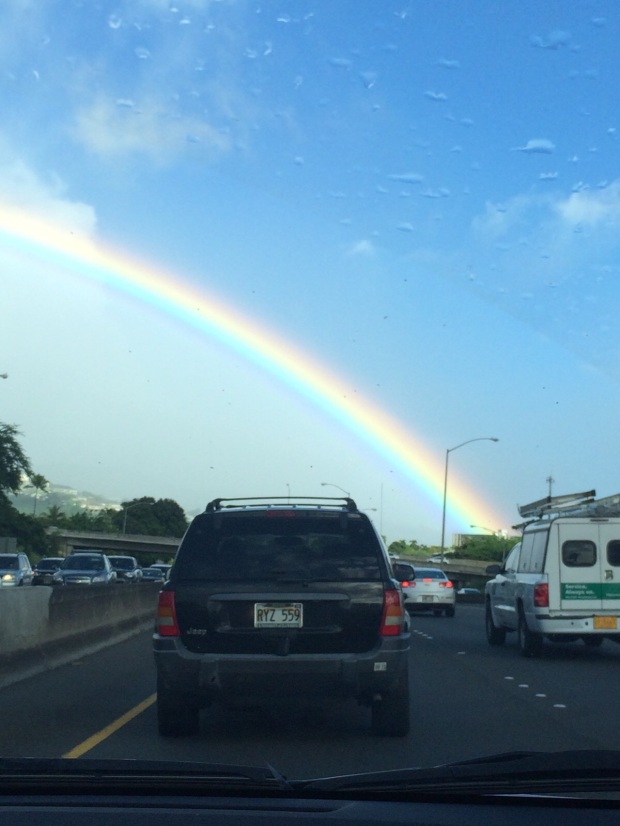 Earlier this year, my sister sent my family an update of how she was doing. She lives in Hawaii, on Oahu in Honolulu and commutes to her job as a teacher of a high school in a small town called Waianae. This picture stood out to me because, not only the incredibly bright rainbow in the middle of the sky, but the mirrored image on the license plate in front of her car. License plates often reflect the state that they are from using iconic images of what people relate to the idea of each state. Hawaii- rainbows, Colorado- mountains, Georgia- peach, etc. Images give us a way to manifest our ideas and generalizations into a visible and iconic picture. License plates in particular are given a limited canvas, usually narrowed down to one or two images. The visual allows for a unified understanding, even as simple as a single image, of a place, person or thing. The unified understaning can sometimes be as simple as hearing a word such as Hawaii and thinking of the first word that comes to mind, in this case a rainbow.
Earlier this year, my sister sent my family an update of how she was doing. She lives in Hawaii, on Oahu in Honolulu and commutes to her job as a teacher of a high school in a small town called Waianae. This picture stood out to me because, not only the incredibly bright rainbow in the middle of the sky, but the mirrored image on the license plate in front of her car. License plates often reflect the state that they are from using iconic images of what people relate to the idea of each state. Hawaii- rainbows, Colorado- mountains, Georgia- peach, etc. Images give us a way to manifest our ideas and generalizations into a visible and iconic picture. License plates in particular are given a limited canvas, usually narrowed down to one or two images. The visual allows for a unified understanding, even as simple as a single image, of a place, person or thing. The unified understaning can sometimes be as simple as hearing a word such as Hawaii and thinking of the first word that comes to mind, in this case a rainbow.
